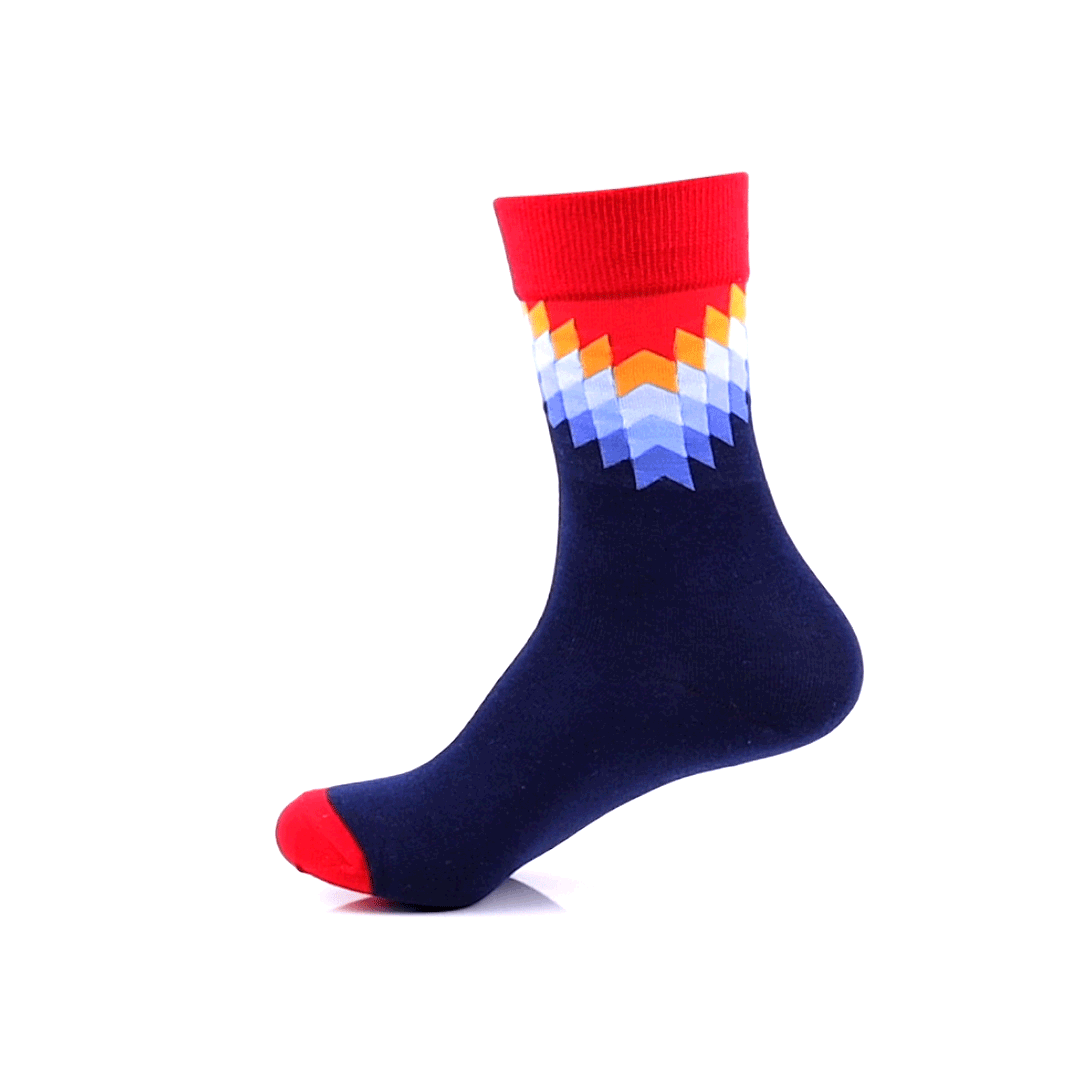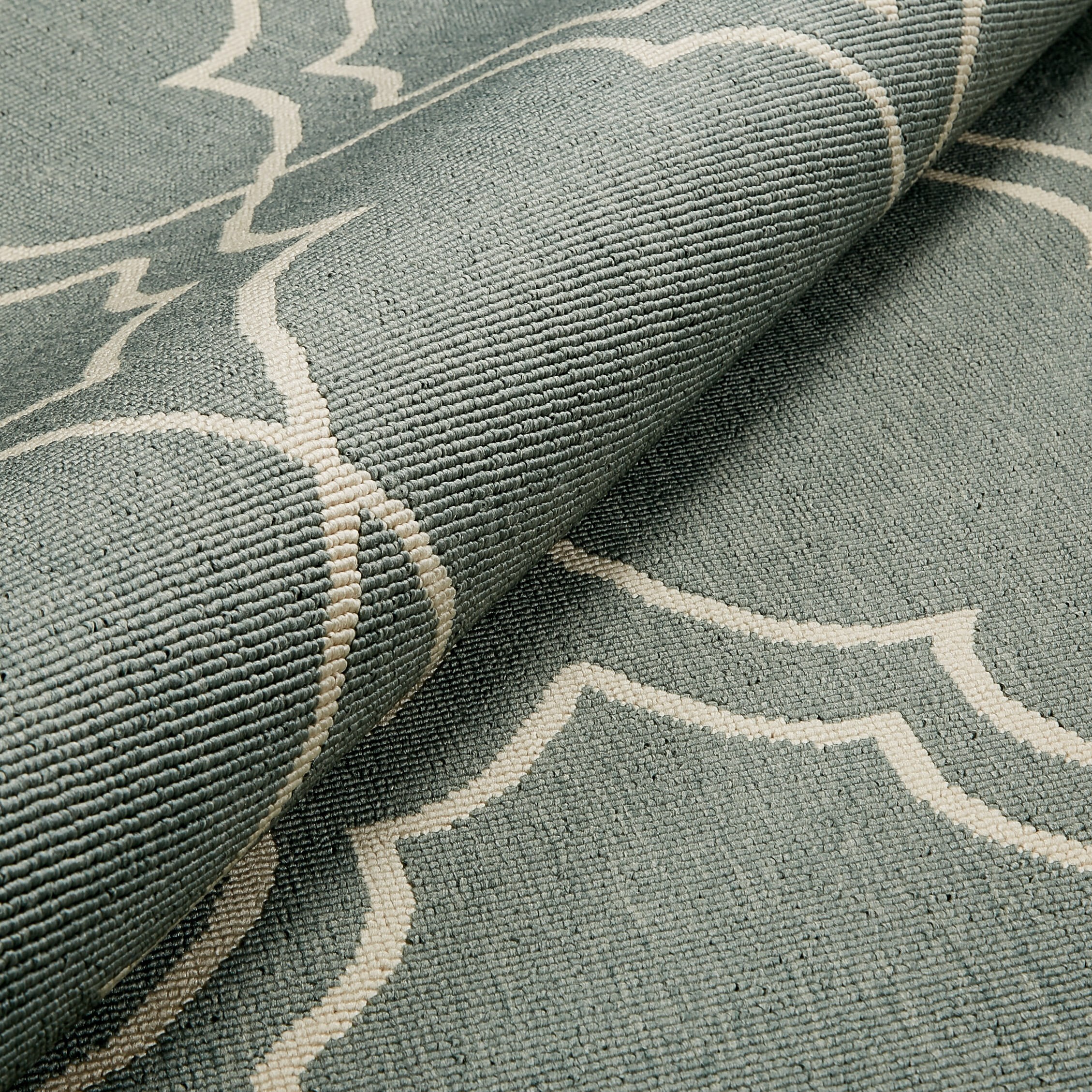PRODUCT PHOTOGRAPHY TRENDS YOU SHOULD KNOW
It’s clear that e-commerce is new normal for retail, but there’s no denying the pandemic has accelerated its growth even more with minimal disruption. With every big brand out there making the transition to digital, many entrepreneurs and small business have followed suit, capitalizing on an opportunity to make money online without the high overhead of a brick and mortar store.
Entrepreneurs can also get real specific about who they’re selling to, catering to a very small niche of customers that allow them to corner the market. But with more people flooding the marketplace, new challenges arise, and sellers are now faced with a new problem: how do we stand out?
Product Photography to the Rescue!
Flowerstore PH
Key to any online business is product photography. Without the customer journey an actual store provides, product photos have had to pick up the slack in creating a better user experience. Marketers know the power high quality images have on setting your brand apart and influencing customer’s purchasing decisions. They keep shoppers engaged and are the next best thing to holding the product in their hands.
And in order for brands to differentiate themselves in an exponentially growing digital marketplace, it’s no surprise that several product photography trends have emerged to help them stand out. Different trends resonate with different niches, and choosing to capitalize on the right one in presenting your products could go a long way in hitting those conversions. As technology evolves, it opens up new and exciting ways product photography can be used.
Mobile is the New Black
The migration to mobile goes two ways: optimizing content and using the device itself to create said content.
Mobile accounts for a huge chunk of how we consume media. That’s why practically everything digital is optimized for it, whether it’s social media, an app, a website, or an online store. This means your product photography needs to adapt to these consumer behaviors.
Screen space is limited, so your product shots need to be vertically-oriented with the right compression to load quickly without sacrificing quality. This is a lot easier to do on a smartphone, while using a DSLR will require a bit of post-production.
Smartphone cameras have never been better, and they’re likely to keep improving. They’re also way more affordable and versatile than a DSLR. So if you’re just getting started with you e-commerce business, it’s a viable choice if you’re looking to DIY your product photography. You can edit pictures on your phone and upload them directly to your online store.
But there’s a major caveat you should be aware of. While smartphone technology continually gets better, so do DLSRs, and there’s simply no way you can pack all that photography tech into a phone. Your phone’s camera may be top of the line, but you’ll still need some basic gear like lights, a tripod, and a background to give your photos that professional look.
That means product photography studios aren’t going away anytime soon. There’s also still no substitute for the expertise and experience a professional studio can deliver, not to mention the equipment and talent they have on hand. And once you start scaling up, it’s in your business’ interest to make sure you’re getting the highest quality images possible.
Viva la Video
Product photography has been synonymous with still images since the very beginning. But now more and more product photographers offer video as part of their services. And for good reason.
It’s no secret that social media platform algorithms favor video over photos and text. Moving pictures easily stand out in a sea of static images, and vendors and shoppers alike are starting to take notice. Videos are inherently more visually appealing and generate more reach and engagement, and the medium lends itself to a wide array of possibilities. You can tell stories, pack it with information, and showcase multiple angles of a product.
With better video compression, resolutions can be much clearer without eating up all your data.
Authenticity Will Set You Free (and save you money)
It’s 2021 and consumers are very much wise to the powers of Photoshop. And with everything meticulously curated, more consumers place a real premium on authenticity.
Anything that’s been manipulated or heavily edited can look and feel fake. And if the color is even slightly off, customers will feel the seller sold them on something completely different. That’s why 22% of products are returned because items look different from the photo. If over one fifth of what you sell is sent back, that’s time and money down the drain.
A good product photographer will capture your product as closely to the real thing as possible and will only edit the picture to clean it up and adjust the color accuracy. Setting up the shot with the proper lighting, background, and just the right amount of editing can deliver the highest level of authenticity consumers demand.
Check out our quick guide on how to choose the right studio for you.
360-Degree Photography
360-degree photography started out as a novel trend on social media. But as platforms encouraged more people to use this feature, it eventually transcended from just being a fad.
And now that virtual is quickly replacing actual, it’s now found a more practical application than a simple flex on your feed. This technology virtually places the product in your hands. Although we can’t replicate the whole tactile experience, we can now capture a product from every conceivable angle, as though you’re able to pick up the item in a store display. This is pretty handy for products that boast a lot of detail like timepieces, jewelry, and fashion. And unsurprisingly, it’s been quickly adopted by vendors on sites like Amazon. It can even scale to something as big as industrial products and virtual tours for real estate.
This could really change the game for online retail. While 360-degree photography isn’t still widely adopted, companies are figuring out ways to use it in their marketing strategies. Bear in mind that creating 360 degree photography comes with a very special set of challenges, involving precise and consistent lighting, fixed, equidistant angles, and special software.
Maximizing Minimalism
The minimalist aesthetic has quickly grown in popularity over the last decade, and as consumers become more intentional about what they buy and how they curate their lifestyles, the trend only seems to be growing.
Product photography on a white background is practically minimalist by definition. But adding just the right elements to your photos can make the it even more appealing. Minimalism doesn’t necessarily mean showing as little as possible; it can also mean only including what is essential. Product photographers can achieve this by using the right props laid out in a particular way or through creative color choices and high contrast images. You can create a bold statement that makes your product pop, emphasize certain qualities in your products, and have them stand out even more.
Stylized Backgrounds
Graindrops Granola
Another trend the market is seeing isn’t necessarily with how products are shot, but with what backgrounds photographers use.
Some brands and vendors now opt out of the plain white background for a more stylized one like art, graffiti, or even nature. This approach can radically shift the context of a product, projecting what a brand stands for based on the background they use.
Choose from something modern or traditional, minimalist or maximalist—it really depends on the messaging you’re trying to convey. Are you environmentally conscious? Do you stand for equality and inclusivity? Is your brand aligned to a particular philosophy, agenda, or movement?
As e-commerce continues to grow, brands and sellers are hard pressed to stand out in an increasingly competitive marketplace. But with a little bit of creativity, these product photography trends offer new and exciting ways to capture a customer’s attention and hit those sales targets.
What’s your favorite product photography trend of the year?
Send us a message to find out more about our professional services for e-commerce photography.
https://linchpinseo.com/trends-in-the-product-photography-industry/
https://brianpaulstudios.com/2021/01/product-photography-trends-to-be-mindful-of-in-2021/





